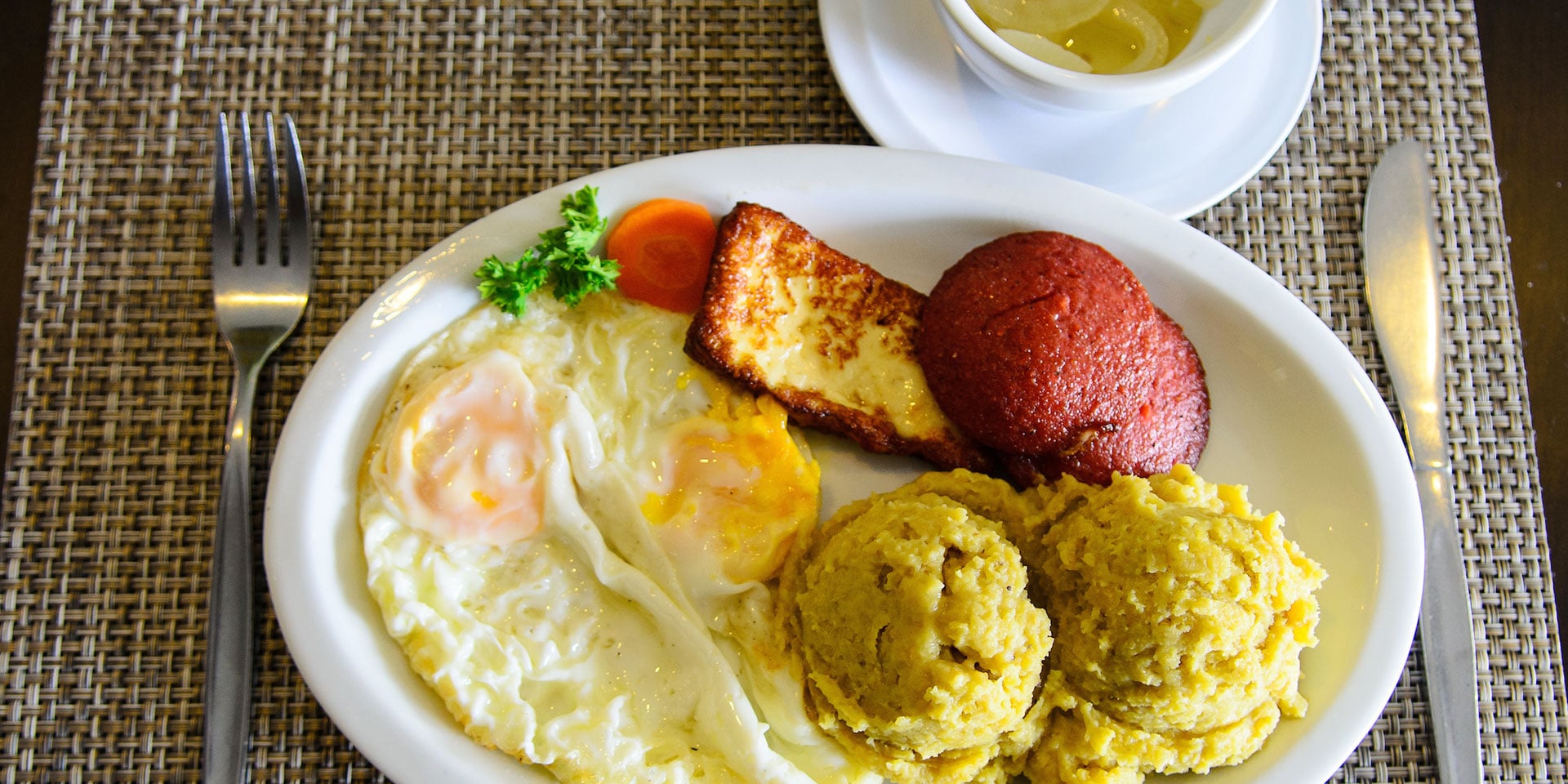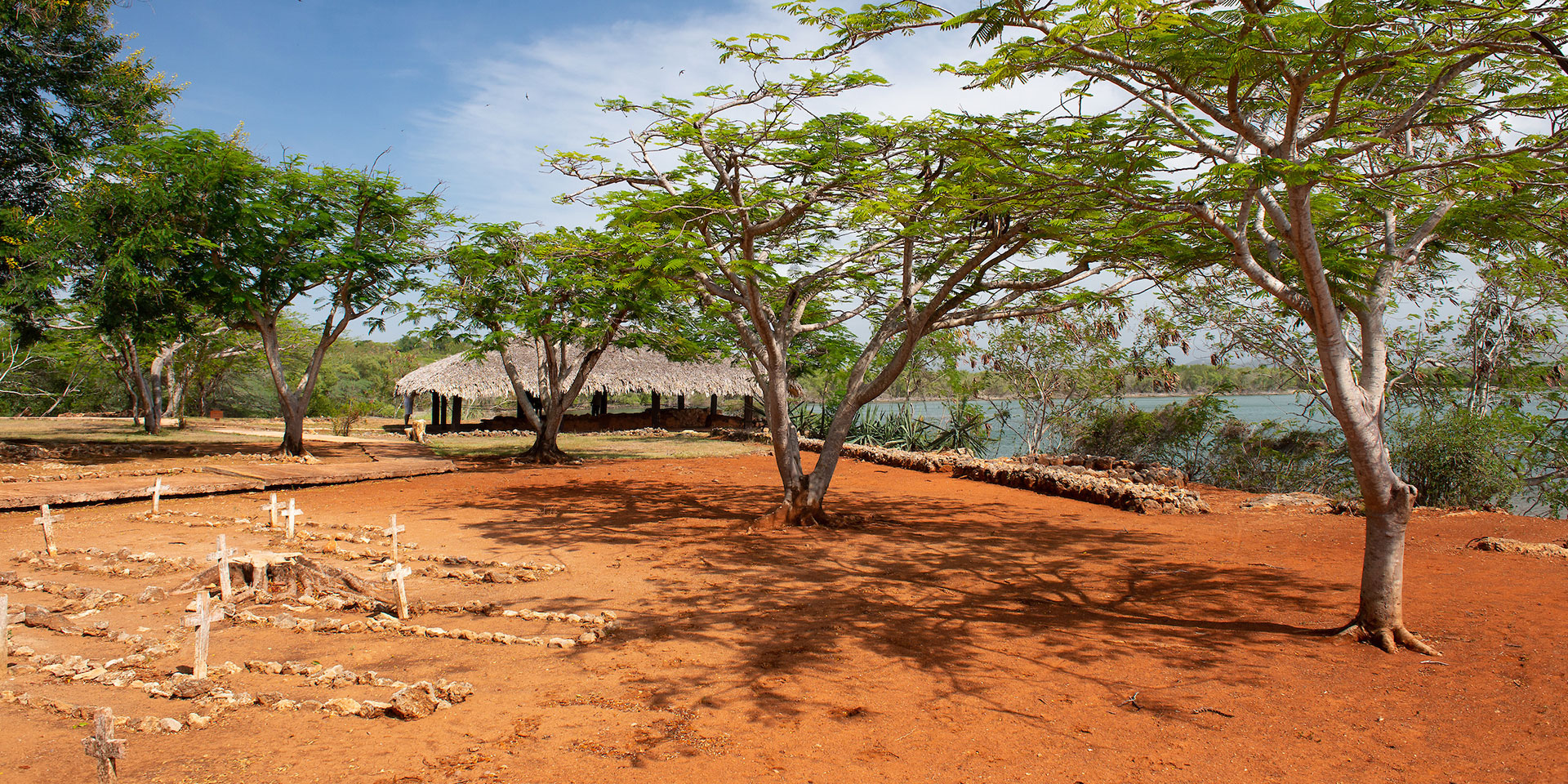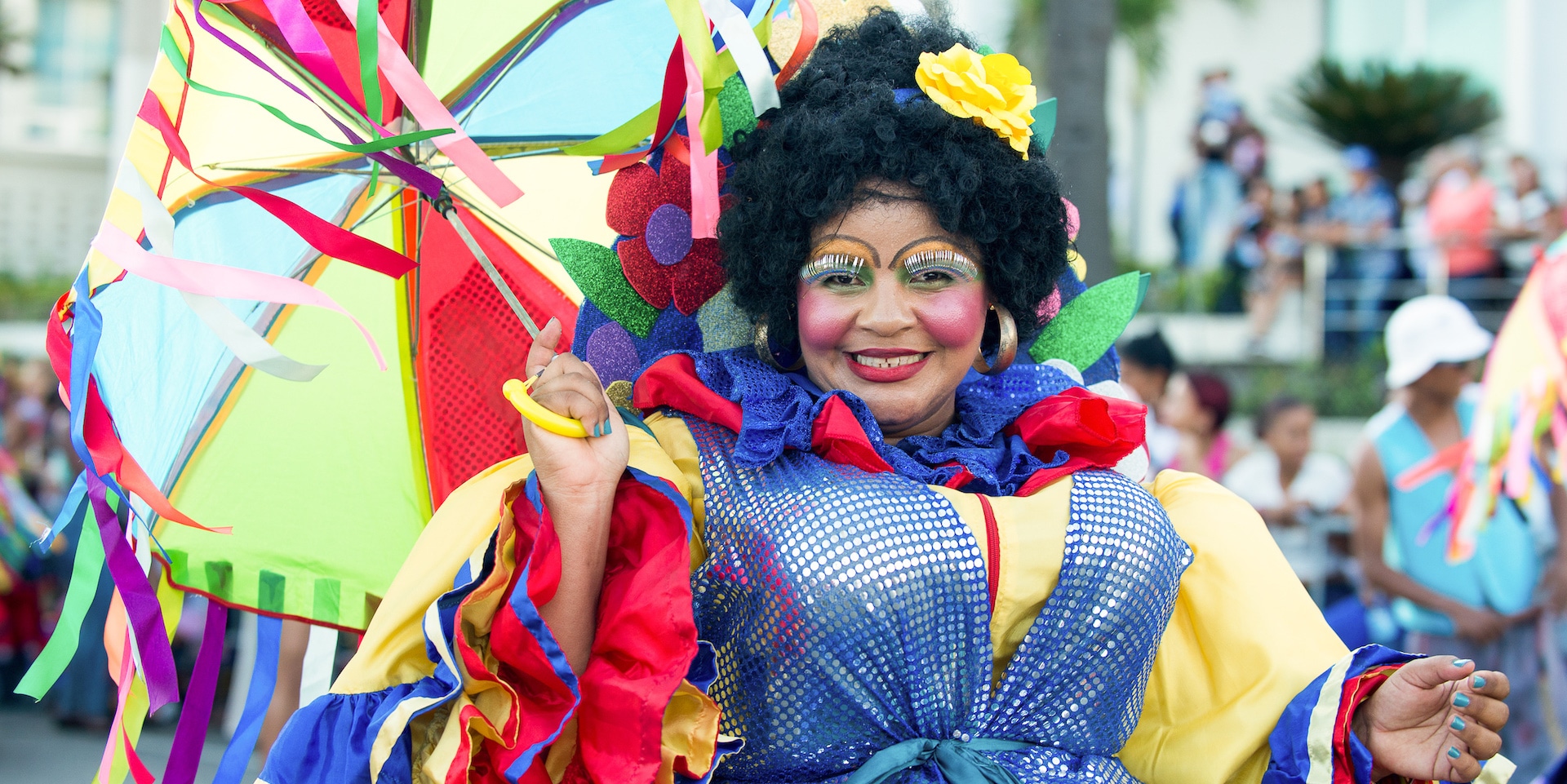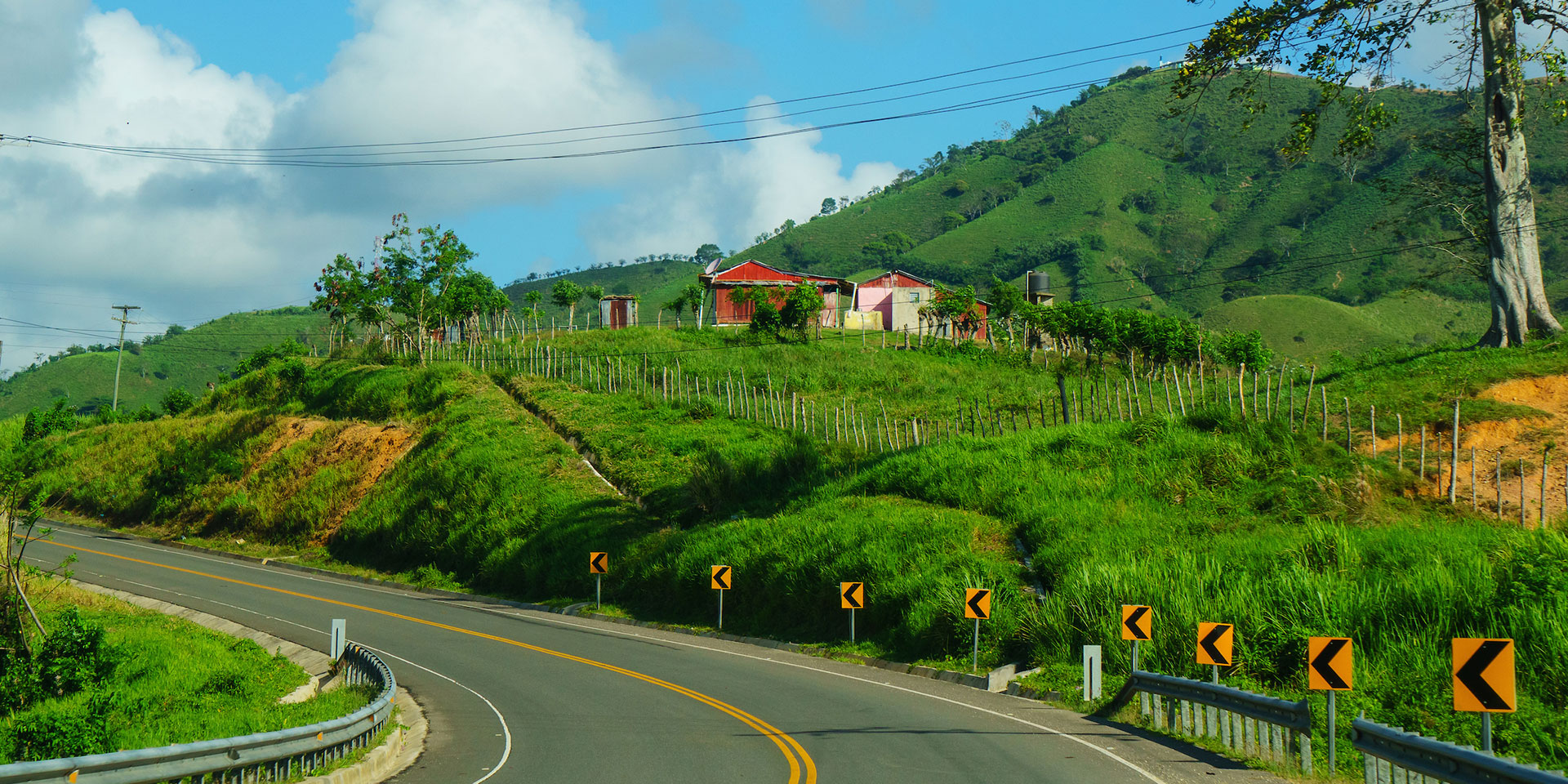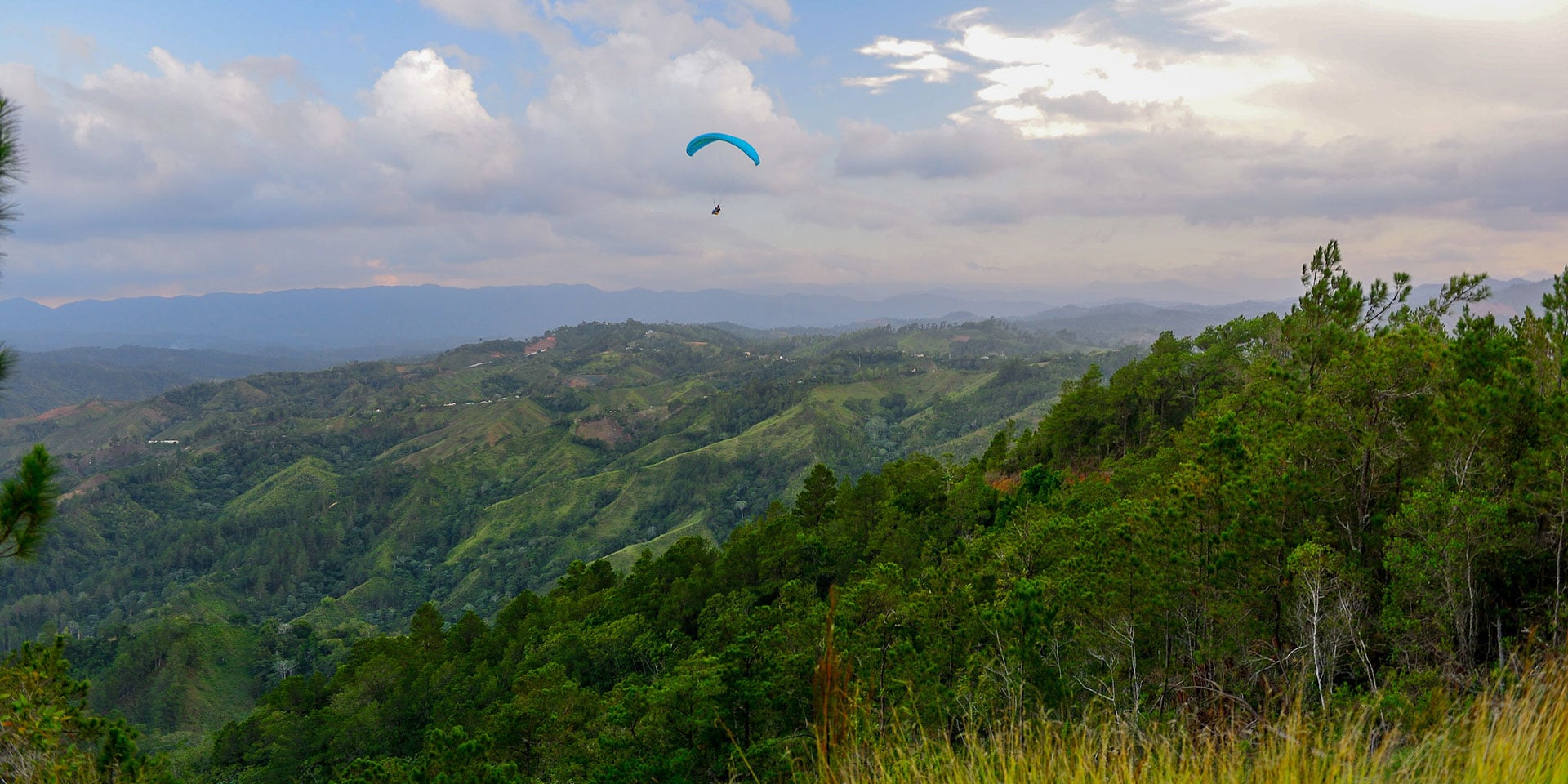The Dominican Republic is a melting pot of ethnicities, primarily Taíno, Spanish, and African. Throughout the years since the 19th century, the island has also welcomed a wave of immigrants from the Canary Islands, Italy, China, Lebanon, and the Caribbean, among others.
Add a significant U.S. influence — the result of two occupations (1916-1924 and 1965), and the Dominican menu is packed with American, Afro-Caribbean, Latin, Asian, and Middle Eastern flavors.
From chicharrón — deep-fried pork rinds — to quipes (a twist on the Lebanese kibbeh), coconut fish, and green plantains, there’s a dish to suit all tastes. Aside from a plate of rice and beans with a meat stew and a salad — known as la bandera dominicana — sample one of these authentically Dominican snacks and meals, and you can definitely say you’ve tried the local cuisine.
Mangú
A quintessential Dominican breakfast item, mangú is a seasoned mound of mashed green plantains, topped with sautéed red onions. It’s also occasionally consumed at dinner in Dominican households. Served with fried eggs, fried cheese, fried salami, plus a slice of avocado, locals call this dish Los Tres Golpes (the triple punch)— you’ll know why after you’ve had it.
Buen Provecho, near the JW Marriott in downtown Santo Domingo, serves a delicious version as part of their daily breakfast buffet, or à la carte. In the Colonial City, Cafetería El Conde’s outdoor terrace, facing the bustling Parque Colón and flanked by colonial buildings, offers the perfect breakfast view.
Sancocho
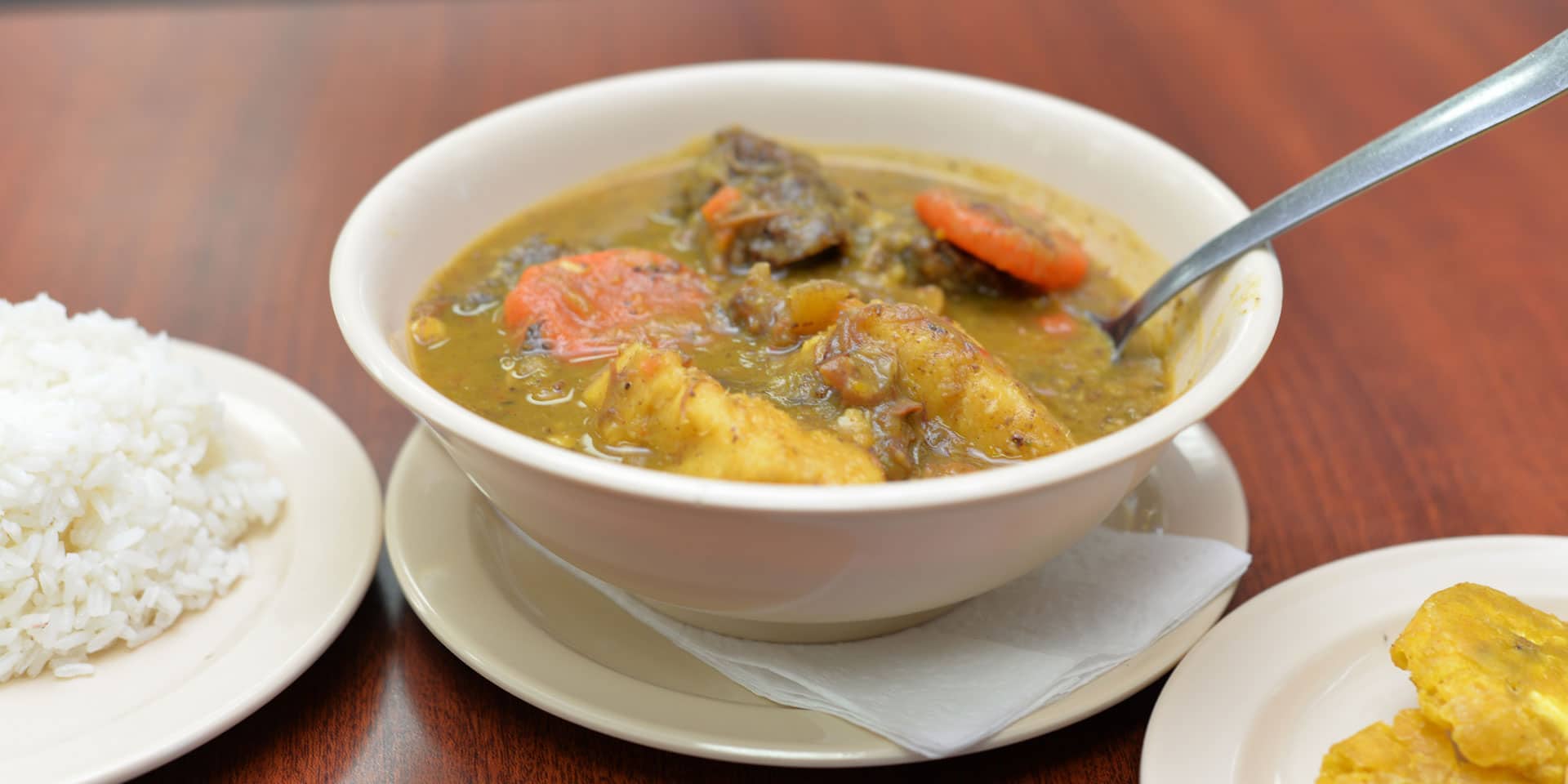
On special occasions, including New Year’s Eve, Dominican families gather to enjoy a homemade, hearty bowl of sancocho.
This thick stew — doubling as a hangover cure — combines numerous seasoned ingredients in one big pot, including pork, chicken, onions, green plantain, potatoes, yuca, and yam.
Enjoy a bowl with a side of white rice, garnished with avocado. Numerous restaurants serve sancocho — check ahead to find out what days it’s available.
Pasteles en hoja
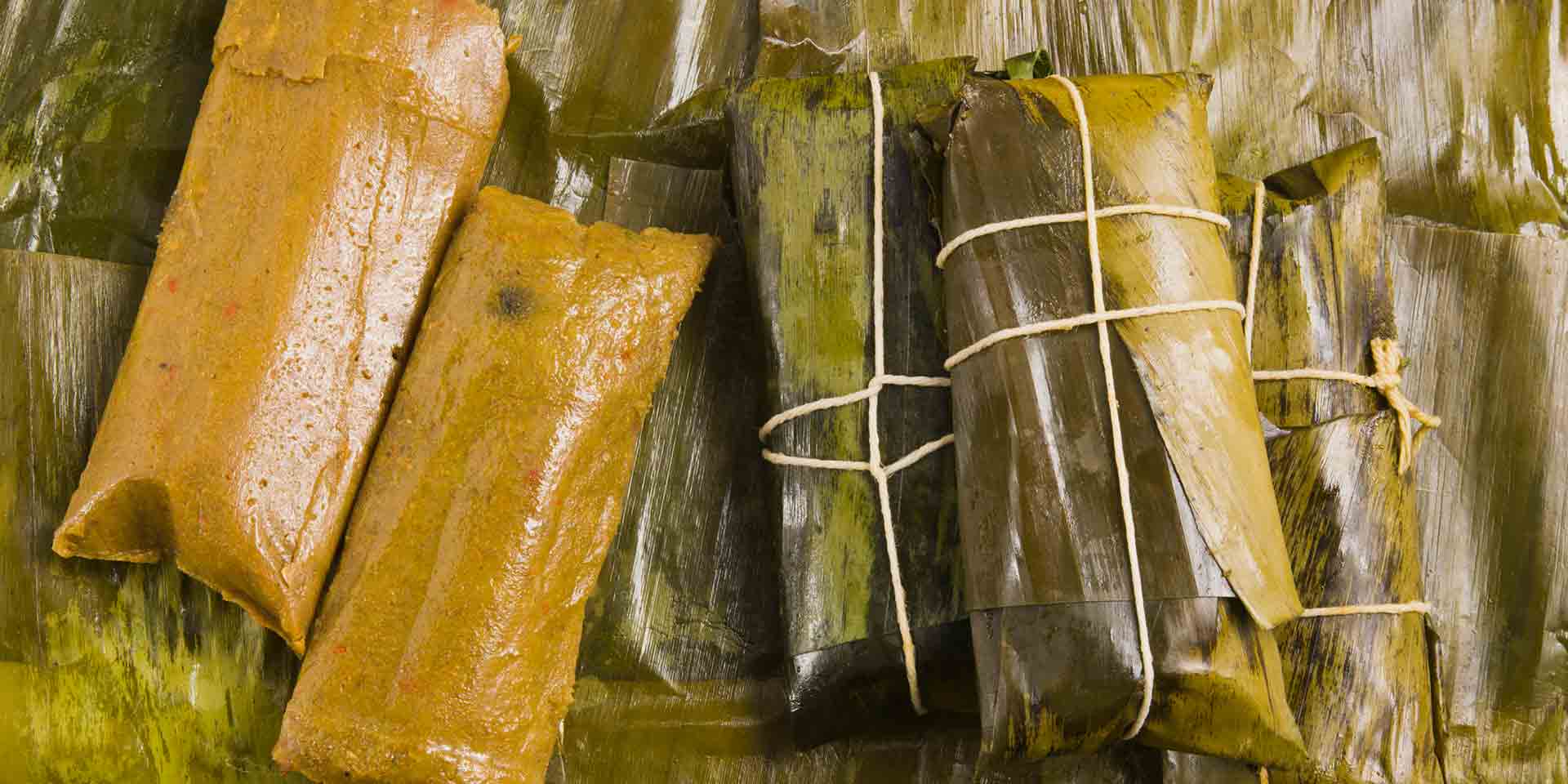
This Christmastime specialty is difficult to find throughout the year, unless you live in Santo Domingo or meet an abuela who loves to make them.
Pasteles en hoja are the Dominican version of tamales — except they’re made with plantain dough, stuffed with meats or vegetables, and wrapped in a green plantain leaf.
Catibías
As if empanadas weren’t delicious enough, the traditional Dominican version is made with cassava flour, and gluten-free. Catibías are stuffed with lobster, conch, chicken, or beef, among other options.
Mesón de Bari, once a favorite of the late Anthony Bourdain, serves the best catibías in a 16th-century home-turned-restaurant in the heart of Santo Domingo’s Colonial City.
Yaroa
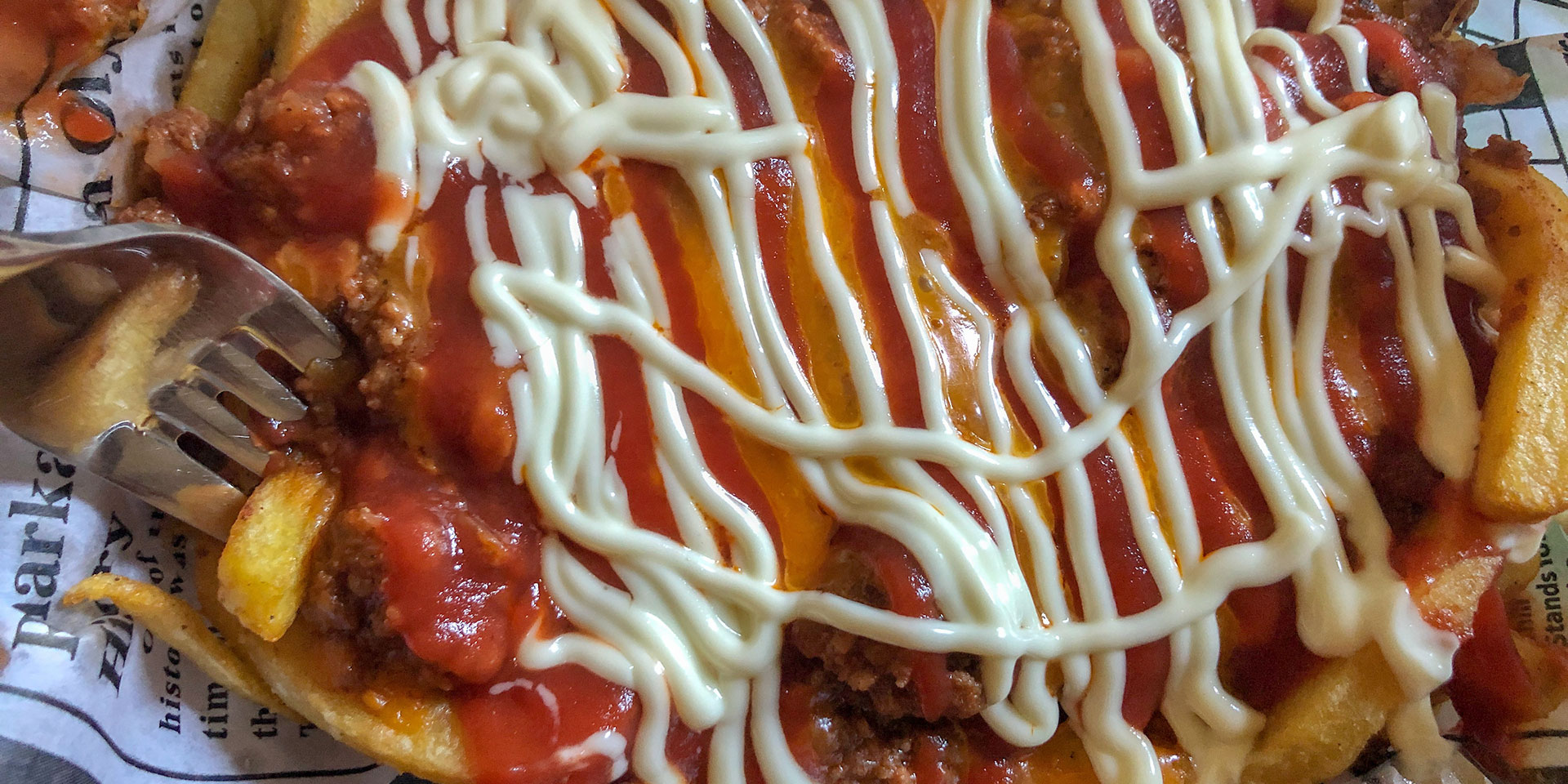
A typical late-night snack ideal for partygoers, and a definite American influence, the yaroa is a pile of fried goodness: layered like lasagna, it’s a stack of ground beef and sauce mixed with French fries and topped with melted cheese.
Garnish with mayo and ketchup like Dominicans, and dig in. You’ll find plenty of local restaurants and roadside cooks offering it.
Habichuelas con dulce
The origins of this sweet creamed beans dessert — a dish that’s cherished by all Dominicans — remain unclear, but it’s suspected to have come from Asia. Locals prepare habichuelas con dulce in large quantities during the Lent and Easter seasons, as neighbors and families share a bowl of their own homemade versions.
Among the main ingredients are coconut milk, condensed milk, vanilla, cinnamon, cloves, sugar, salt, boiled red kidney beans, sweet potatoes, and raisins — boiled in a big pot and garnished with cookies. (Yes, you read that right.)
Look for it during Easter at the local pastry shops or dulcerías in towns and cities, or ask a local to bring you a bowl from home.
